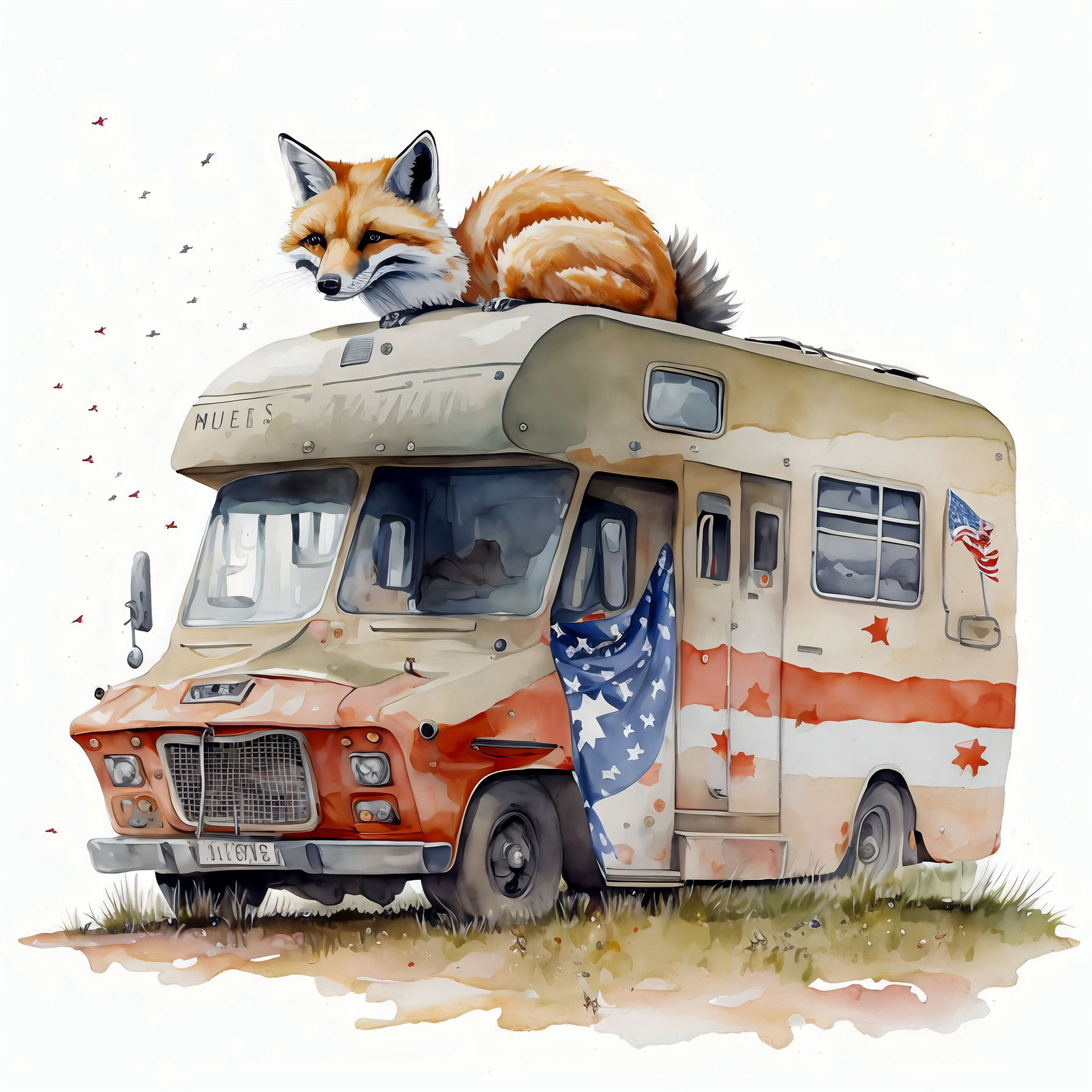
The Rise of AI Art: A Deep Dive into the Impact of AI Art Generators
In the dynamic landscape of the art world, a new player has emerged, one that defies conventional norms and challenges our understanding of creativity—the AI art generator. This blog post embarks on a journey to explore the rise of AI art, unraveling the intricate threads of technology, creativity, and the evolving relationship between human artists and artificial intelligence.